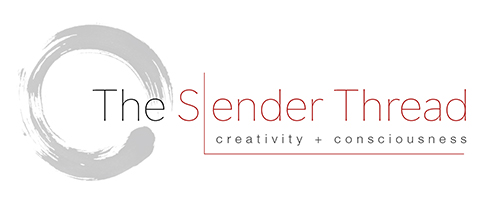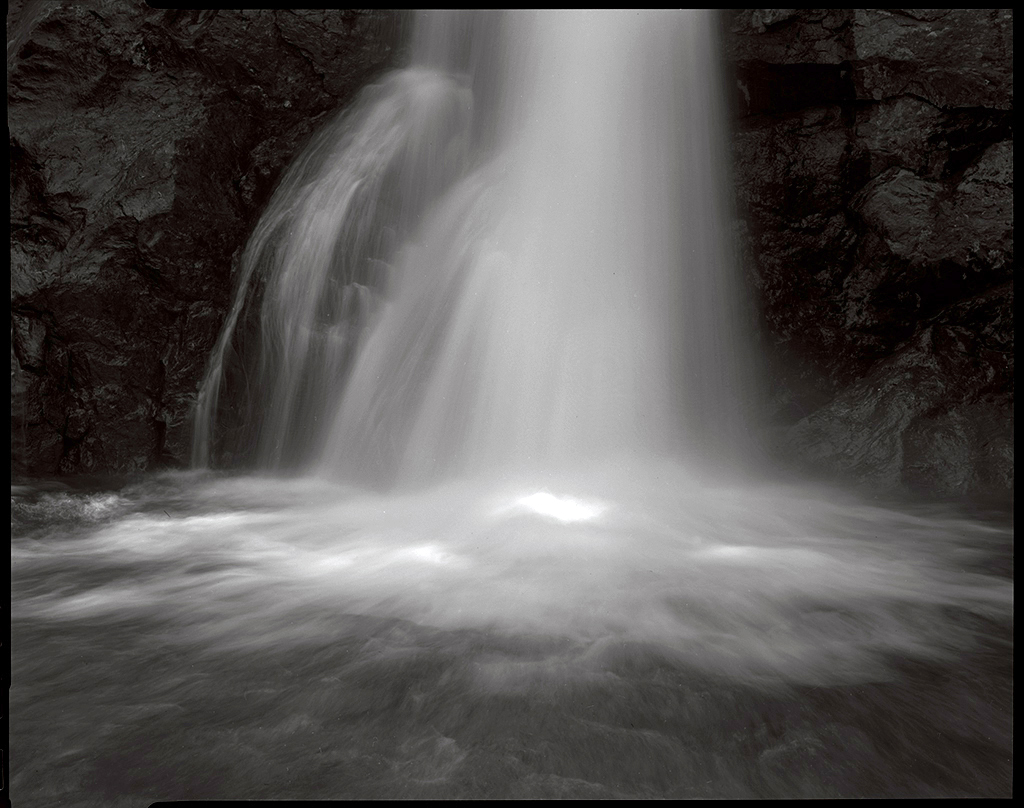It is said that Beethoven could “hear” the music, and Einstein “saw” the theory of relativity in his mind’s eye before going to sleep one night. History teaches that Martin Luther King heard a voice answering his uncertainty, whole and complete, that impelled him to “stand up for righteousness, stand up for justice, stand up for truth.” In that moment, he knew the direction his life must take. Many creative individuals report great discoveries made from the deeper, non-rational mind. The Greeks called it the muses; Carl Jung—and other psychologist—know it as the depth consciousness; others know it as the voice of the gods.
We have many words for its different flavors: inspiration, intuition, insight. Where does it come from? How do we touch this state of grace, this inner knowing?
There are many answers, though all of them seem incomplete. The sources of creative inspiration remain an unknowable mystery, yet anecdotal information from many artists and scientists, as well as contemporary brain science, offers the outline of a way of working towards epiphany and deep insight:
• Inspiration often comes as a result of past work on a topic and arises in the alternation, the space between activity and rest. We need to make our best efforts, then stand back and allow for gestation and the ultimate blooming of an answer or insight that comes from the depths of the mind. The fire of inspiration needs a branch to light on, which usually means that we need to work hard, sometimes for hours, days, or weeks of dry, unproductive efforts, before our insights can be realized or our forms can be harvested.
• The messy enjoyment of experimentation, wild, even unfocused, exploration, and earnest expansion of our ideas and unformed questions will, over time, lead us to potent discoveries and spontaneous insight. Just begin, even if you do not yet know where you are going. Rationality alone does not engender creativity. Non-rationality and play can open us to the right side of the brain, where myth, metaphor, symbol—and deeper forms of knowing—reside.
• In dialogue with others, when we remain open and allow the viewpoints of others to influence our own, creative discoveries can build. We say that something is “in the air.” A collective wisdom between people in a well-functioning group or relationship can bring insights to the forefront that we could never come to on our own. When two or more are gathered together, creatively, epiphanies take place, problems can be solved in ways that we could never envision alone. Collaboration yields power and grace—and greater understanding . . . but only when we yield our own staunch agendas and learn to listen and think and build together. Wasn’t this once the ideal of democracy?
• The unconscious is a powerful source of knowledge and insight. Many consider it to be our “real” mind. Forms of access are: dreams, waking visions, creative activity, stillness of the surface mind, and struggle. Yes, we must let go. Meditation, yoga, contemplative disciplines, mindfulness can serve to spark our natural wisdom.
• Striving towards a centered presence in the body can bring us closer to a potential unification of body and mind. Inspiration seems to partake of a centeredness in the body, a clear, still surface mind, and from the buoyancy of uplifting, positive emotion. The first step towards the inner search for inspiration is entering the body and maintaining an awareness of our physical states.
The search for inspiration represents one of our most human characteristics. One of the most beautiful titles for a book that has ever crossed my path is The Joy of Man’s Desiring, by Jean Giono. Say these words out loud. Feel their clarity as they roll off your tongue, feel their sheer poetry, their resonate meaning, and what these words evoke. The sharp poignancy of our passion and longing. The beauty of human striving. The impeccable ardor of knowing what we truly want, what we aim for, arising from deep within. The force of our wish. Our wish can move mountains.
We must take the risk of not-knowing, standing in front of the unknown in order for something higher and finer—wherever it comes from—to appear. The way towards knowing is through staying in front of not-knowing. Facing the unknown is the first step towards inspired thought. We need to stay in a state of questioning for inspiration to appear. We also need to place our conscious assumptions and beliefs under the lamp of scrutiny. When we are no longer invested in being “right”, we leave room for flashes of insight to reveal themselves on the horizon of the mind.
“Consciousness precedes being, not the other way around.” –Vaclav Havel
Rationality alone does not engender creativity. We need something else. But what? From where does deep insight arise? We must take risks, open to the mystery, and learn to stand in front of something greater than our ego with humility and an attitude of open acceptance. Learning to live with ambiguity and an experiential awareness of our ignorance is often uncomfortable, but there is no other way.
Photographer Minor White writes: “In the silence of a blank mind, [I] raise the intuitive antenna, become the instrument, the messenger . . . Finally only meditation seems to generate input worth tapping. Hypnosis, drugs … all appear to be skeleton keys to the locked rooms of my house I have never entered. Skeleton keys that open dead rooms.
When I make keys for these doors by being still with my Self, the room, opened, is full of flowers, furniture, friends.”
Inspiration visits. We receive. It is the yoga of creativity. In a still, quiet state, open to life within and without, we may be privileged to experience those rarified, refined, yet very ordinary moments, where everything becomes clear, where inspiration descends in a crystalline fashion, revealing sharp clarity to our questions and the shock of recognition of what is right or true. Something is given. Yes! This is what we seek, This is what we have been asking for. We can create the conditions for its appearance yet inspiration is not governable by our rational mind.
“Ah but when, in which of all of all our lives, shall we at last be open and receivers?”
—Rainer Maria Rilke, Sonnets to Orpheus
Please join Laura and I in our workshop on The Search for Inspiration as part of our upcoming classes in creativity, where we offer simple, yet challenging exercises and instructive material, designed to open the door to inspiration, stimulate creativity, and gain a broader understanding of your own creative process. And join Laura in her eight week Art of Yoga class designed for creative individuals. Please check out Laura’s new blog post on “Why I love Yoga.”

